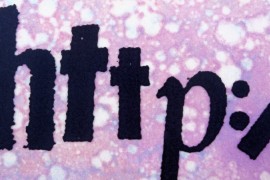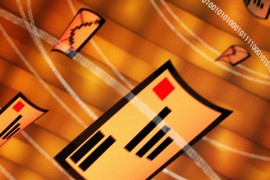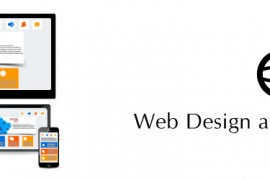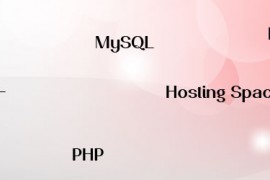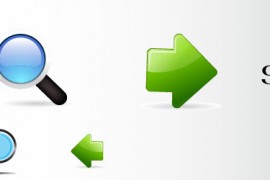Since the internet age dawned in the early 1990’s, there has been quite a flurry of activity surrounding this seemingly limitless technology. Not only did it spawn numerous innovations in terms of online technologies, it also triggered the emergence of several professional fields. The most significant of these were the fields of web design and web development. In this article, the difference between these two terms shall be illustrated, along with a common tools and terminologies used by web design practitioners.
Web design varies, from web development in that it focuses more on the visual look and feel of a particular website, whereas, web development is the technical nitty-gritty that makes the webpage or website tick (see Demystifying web developer terminologies). Various tools are used and the most basic is Hypertext Mark-up language (HTML). This is the core of web design and can be described as a set of rules, which govern how content on a web page appears. The language uses tags, which are interpreted by the web browser resulting in the display of a web page in a particular format. For instance, content that appears in the body of the page is encompassed by the <body> </body> tag. Note that there is an opening and a closing tag marking the beginning and end of content that should be in the body section. Various improvements have been made to this language, hatching several generations, the latest being HTML5.
The appearance of web pages can be further enhanced by the use of Cascading Style sheets (CSS). These are written in a manner almost similar to HTML scripts but with some major alterations in the type of tags used. CSS parameters are used to govern, among other things, the colour, font, borders, indentation, image placement, background of web pages and are therefore indispensable in making the pages visually appealing. Another common design tool used is javascript. This is a programming language used to create a more responsive web page. It is usually responsible for the subtle effects on web pages that appear to be animated. This web design technology makes the page less static and more interactively dynamic.



